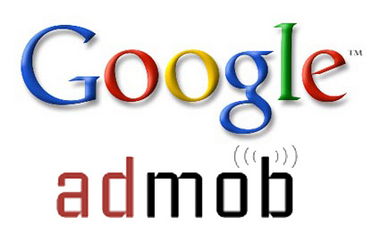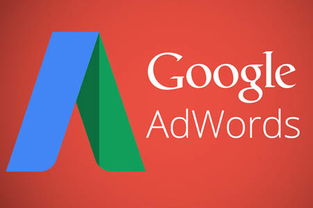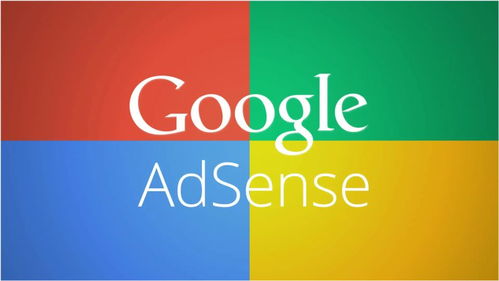Understanding Google Ads: A Comprehensive Guide

Google Ads, also known as Google AdWords, is a powerful online advertising platform that allows businesses to promote their products or services on Google’s search engine and other partner websites. By leveraging this platform, you can reach a vast audience and drive targeted traffic to your website. In this detailed guide, we will explore the various aspects of Google Ads, helping you make the most out of your advertising campaigns.
How Google Ads Works

Google Ads operates on a pay-per-click (PPC) model, meaning you only pay when someone clicks on your ad. When you create an ad, you bid on specific keywords that are relevant to your business. When someone searches for those keywords on Google, your ad has the potential to appear in the search results or on other websites within the Google Display Network.
Setting Up Your Google Ads Account

Before you can start running ads, you need to set up a Google Ads account. Here’s a step-by-step guide to help you get started:
- Go to the Google Ads website and click on “Start now.”
- Sign in with your Google account or create a new one.
- Choose your business type and industry.
- Set up your payment method and budget.
- Configure your ad preferences, such as language and location targeting.
- Start creating your first ad campaign.
Creating Your Ad Campaign
Once you have set up your account, it’s time to create your first ad campaign. Here are the key components to consider:
- Ad Groups: Organize your keywords into ad groups based on themes or topics. This helps you create more targeted ads and improve your quality score.
- Keywords: Research and select relevant keywords that your target audience is likely to search for. Use tools like Google Keyword Planner to find long-tail keywords with lower competition.
- Ads: Create compelling ad copy that includes a headline, description, and display URL. Use persuasive language and call-to-action (CTA) to encourage clicks.
- Budget and Bidding: Set a daily budget for your campaign and choose a bidding strategy that aligns with your goals, such as manual CPC (cost-per-click) or automated bidding.
- Targeting: Specify the geographic, demographic, and device targeting options to reach your desired audience.
Optimizing Your Google Ads Campaign
Once your campaign is live, it’s crucial to monitor and optimize its performance. Here are some tips to help you improve your campaign’s effectiveness:
- Use Google Ads Reports: Regularly review your campaign’s performance using Google Ads reports. Pay attention to metrics like click-through rate (CTR), conversion rate, and cost per conversion.
- Adjust Your Keywords: Continuously refine your keyword list by adding negative keywords to exclude irrelevant traffic and by adding new keywords that perform well.
- Improve Ad Quality: Test different ad variations to determine which ones resonate best with your audience. Focus on creating compelling ad copy and using high-quality images or videos.
- Optimize Landing Pages: Ensure that your landing pages are relevant, user-friendly, and optimized for conversions. Use tools like Google Analytics to track user behavior and identify areas for improvement.
Google Ads Features and Tools
Google Ads offers a wide range of features and tools to help you manage and optimize your campaigns:
- Google Ads Editor: A desktop application that allows you to manage your campaigns offline and make bulk changes.
- Google Ads Scripts: Custom scripts that can automate repetitive tasks and improve campaign performance.
- Google Ads Smart Bidding: Automated bidding strategies that use machine learning to optimize your bids for conversions.
- Google Ads Audiences: Target your ads to specific groups of people based on their interests, demographics, and behaviors.
- Google Ads Extensions: Additional information that can be added to your ads, such as call buttons, location information, and site links.




